In the next two decades, population of India is likely to cross I.4 billion mark. With additional burden on food grains consumption from demographic shift from rural to urban centers and change in food habits, India need to produce about 325 million tons of food grains by 2007. since the competing demands from other sectors of economy for the inelastic land resource are multiplying fast, the best agricultural lands are being encroached upon by these sectors. Thus, any further increase in food grains has to come from either vertical increase in productivity or through reclamation of so called wastelands. Out of 8.5 million ha of salt affected lands, alkali lands assessed at 3.8 million ha could be easily managed and reclaimed resulting in an additional food grains production of about 30 million tons. Although researches on land reclamation began even before independence yet the real fillip in understanding the alkali wastelands environment and development of reclamation and management packages came after the establishment of CSSRI, Karnal in the year 1969. In association with this institute, many State Agricultural Universities reoriented their research and came out with theories of alkali land reclamation and developed reclamation and management packages. Favorable policy support from central and state governments helped to reclaim more than 1.3 million ha of alkali lands. To tide over the current and emerging challenges such as to take care of resource poor regions and farmers, environmental degradation and location specific nature of the problems, these packages are being upgraded and new packages are being developed. These new technologies are emerging fast and it is almost impossible to keep track of these developments through published research papers. This book encompasses the latest information on this subject for most states where problems of alkali lands exist. It has been our endeavor to include all aspects of reclamation and management so that there are at least few alternatives to choose from. Therefore, we believe that the compiled information will be handy to post-graduate students, teachers, researchers, extension personals and the staff in conventional departments such as agriculture and irrigation. Moreover, planners entrusted with the task of development of wastelands in India would be immensely benefited from the information included in this book.
Harappan Architecture
$112.50
$125.00

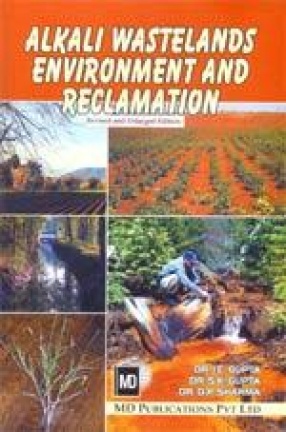
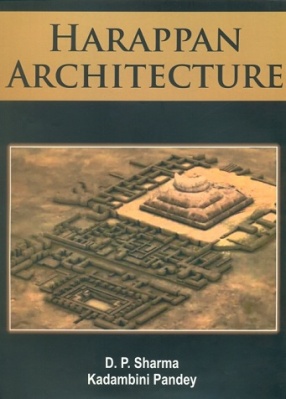
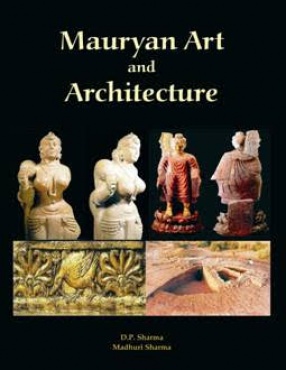
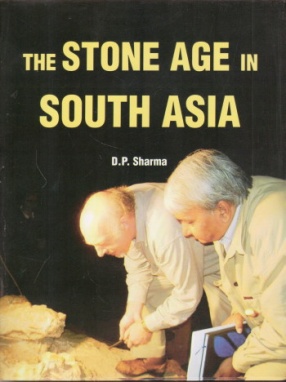
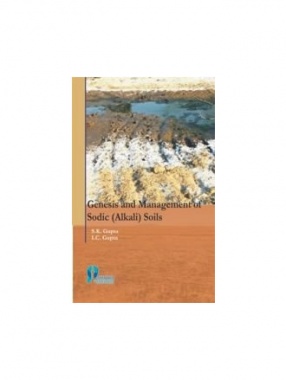
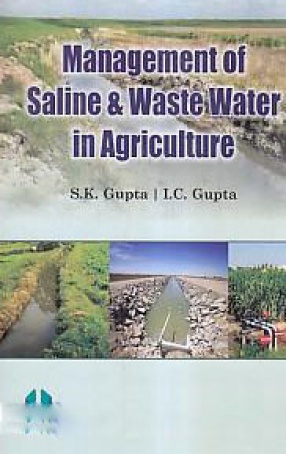
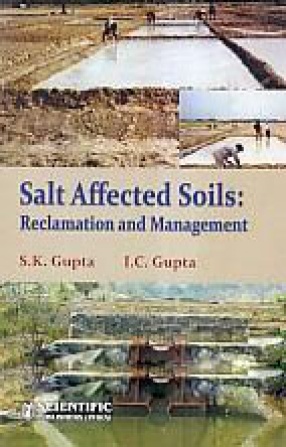
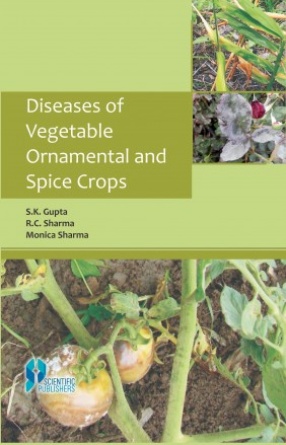


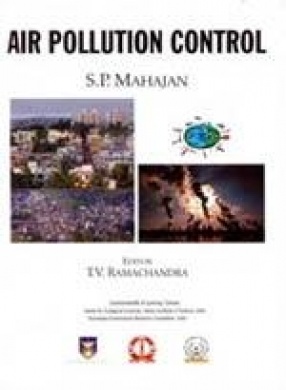
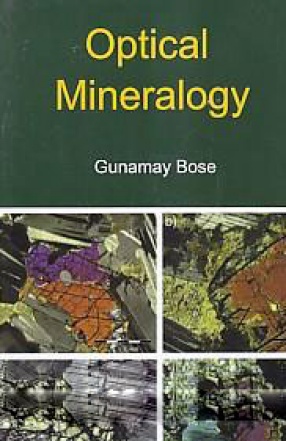
There are no reviews yet.